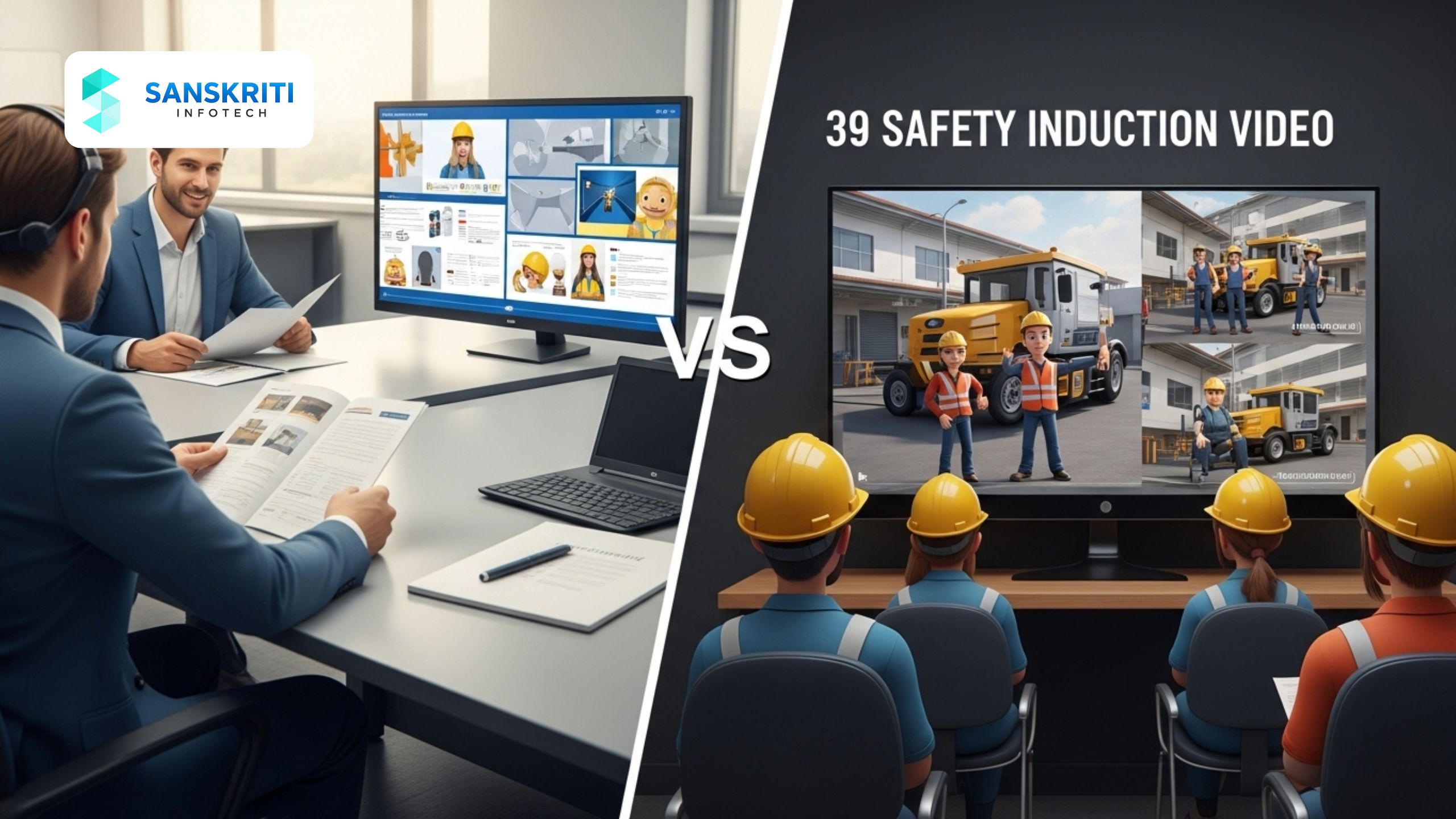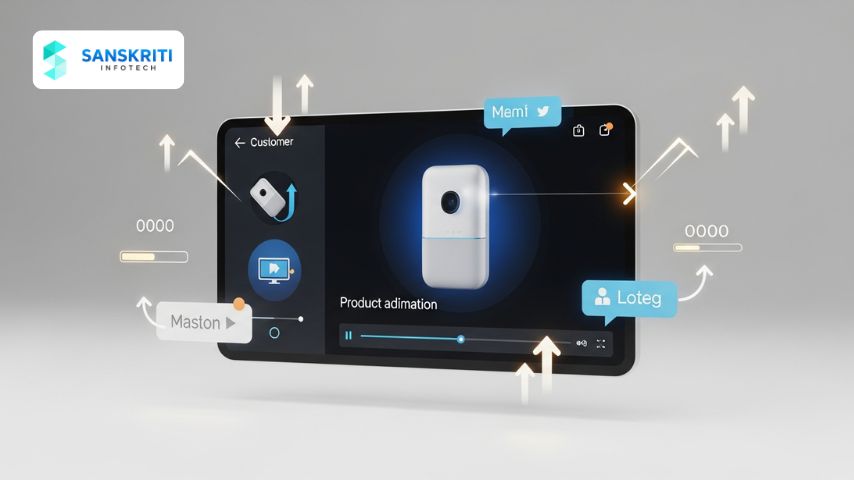Table of Contents
Introduction
Safety induction is the cornerstone of effective workforce onboarding in high-risk industries. From manufacturing and construction to oil and gas, ensuring that new workers are properly introduced to safety protocols is non-negotiable. Traditionally, companies have relied on face-to-face presentations, manuals, and PowerPoint slides. However, a new wave of 3D safety induction videos is quickly gaining traction.
So, which method is more effective? In this blog, we compare 3D safety induction videos and traditional training to help you decide which is better for your workplace.
The Problem with Traditional Safety Inductions
– Passive learning (reading or watching slides) lacks engagement.
– Trainer delivery varies between sessions, leading to inconsistency.
– Information overload can lead to forgetfulness.
– Language and literacy barriers limit understanding.
– No easy way to track or prove comprehension.
Traditional training methods often leave gaps in understanding that can result in unsafe behavior and regulatory violations.
What Makes 3D Safety Induction Videos Different?
3D safety induction videos are custom-built animated experiences that replicate your facility’s actual environment. They provide a high-impact visual guide to site-specific hazards, safety gear usage, emergency protocols, and more.
Benefits include:
– Immersive storytelling that engages the viewer
– Multilingual voiceovers and subtitles
– Realistic visual context to explain complex procedures
– Standardized delivery across all sessions and sites
– Integration into Learning Management Systems (LMS)
Which Is More Memorable and Effective?
According to the Social Science Research Network, 65% of people are visual learners. Traditional text-based or verbal inductions simply don’t deliver the same retention value.
With 3D animated videos:
– Workers can understand without reading dense manuals
– They remember how to act during emergencies
– It caters to low-literacy or multilingual audiences
– It makes procedures relatable and context-aware
Case Study Comparison
Traditional Method: Construction Site
A contractor used printed manuals and 1-hour verbal briefings to onboard new hires. Within 2 months:
– Several safety violations occurred
– Workers failed to recall evacuation routes during a drill
– Supervisors had to repeat instructions regularly
3D Induction: Manufacturing Plant
Another company used a 3D animated induction covering site walkthroughs, SOPs, and emergency drills. Results:
– 41% drop in safety-related incidents
– 80% faster onboarding
– 92% of workers reported better understanding
Compliance and Audit Readiness
With increased scrutiny from regulatory bodies like OSHA, proving that safety training has been delivered effectively is a must. 3D safety induction videos:
– Offer audit-friendly records through LMS tracking
– Ensure every worker gets the same safety information
– Can be archived and reused for repeated onboarding
When to Use Traditional + 3D (Blended Learning)
3D videos don’t eliminate the need for live discussion or Q&A. In fact, they enhance it.
Best practice:
– Start with a 3D induction to deliver the core content
– Follow up with a live site tour or session for questions
– Use quizzes to validate knowledge retention
– Reuse 3D videos for refreshers and contractor inductions
Conclusion
While traditional safety training methods have served workplaces for decades, they no longer meet the engagement and retention needs of today’s workforce. 3D safety induction videos offer consistency, scalability, and visual clarity—making them the superior choice for industrial onboarding.
At Sanskriti Infotech, we specialize in custom 3D safety videos that align with your site’s specific requirements and safety protocols. Want to elevate your induction process? Let’s build something impactful together.






